Anemone Species and Their Caring For. Color and Refinement
Anemones are rustic, delicate flowers that can offer a certain refinement in any garden. They are perennials, from Mediterranean high regions, with different species which can cover both sunny and shaded parts of your garden and bloom in spring, early summer or autumn, in a variety of colors, from white, pink, or lavender, to red purple, and blue. We’ll tell you a few things about the most well known anemone species and their caring for.
Anemone coronaria
The poppy anemone, Spanish marigold or windflower grows red, white, pink, purple and blue flowers on top of a 15-30 cm stem. The varieties De Caen, with simple flowers, and St. Brigid, with double flowers, are probably the most well known varieties. It blooms from April till June and can be planted in sunlight or light shade.
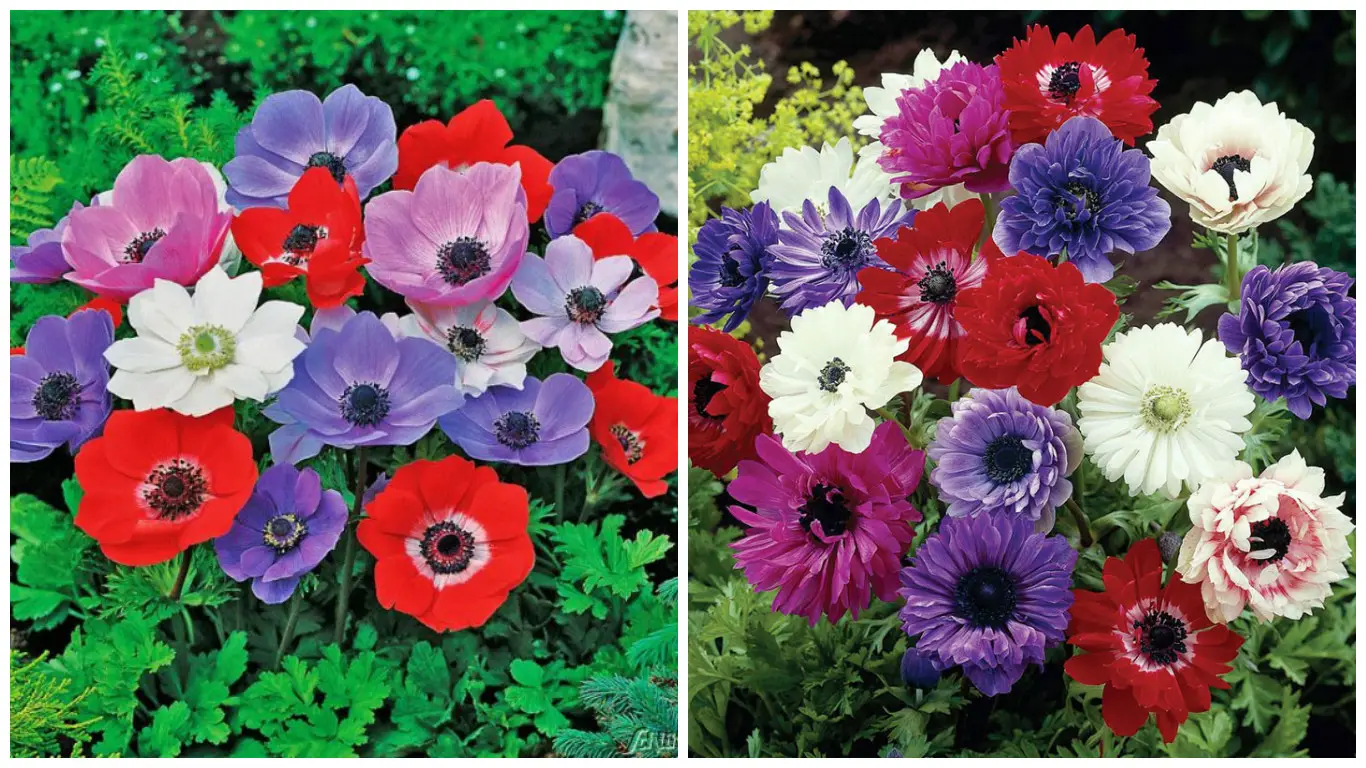
Anemone blanda
It blooms mainly in light blue, but sometimes in white and pink too. It’s a very early blooming species, from the end of February to the end of April, and can grow in dry soil in the sunlight.
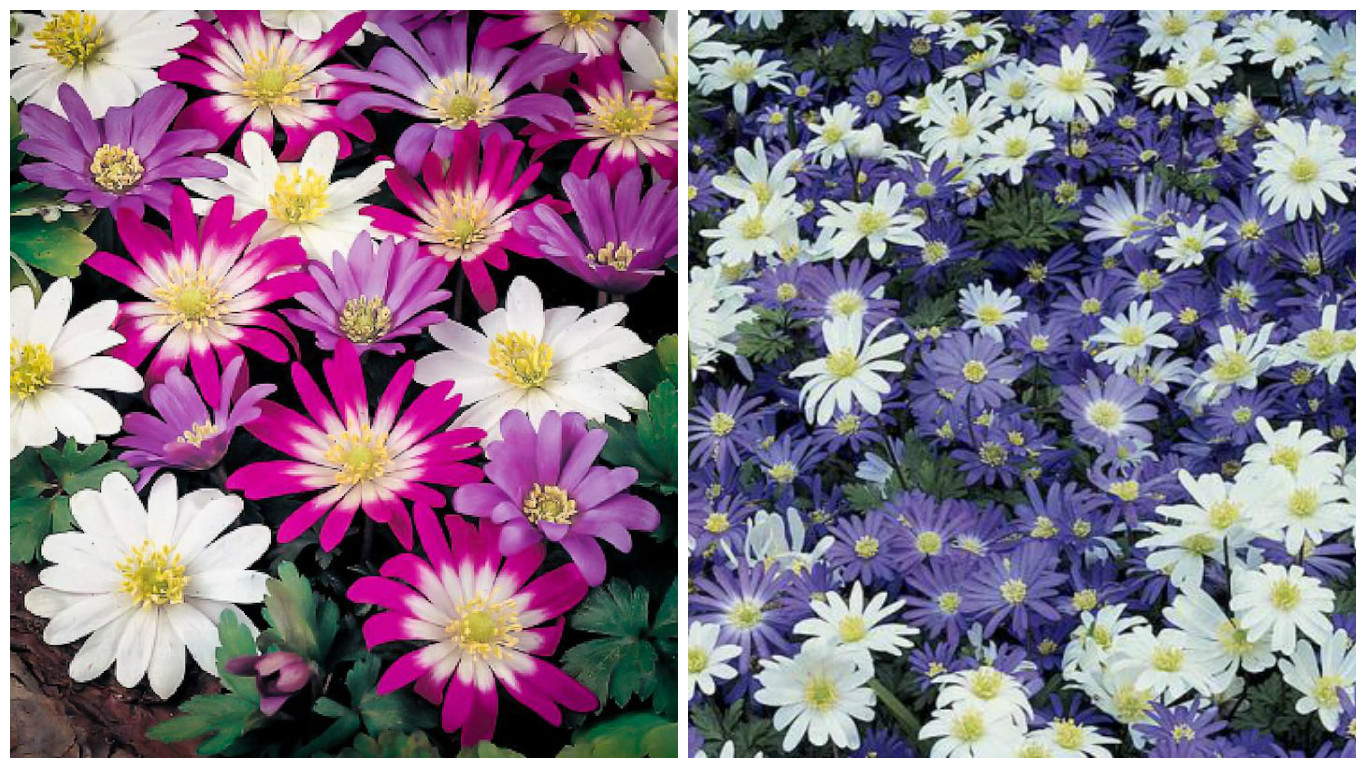
Anemone hupehensis (Japanese anemone)
It grows much taller than other species, 1 meter or more, and blooms mainly in white and pink, in late-August and in the autumn. It prefers half shaded soil, rich in nutrients.
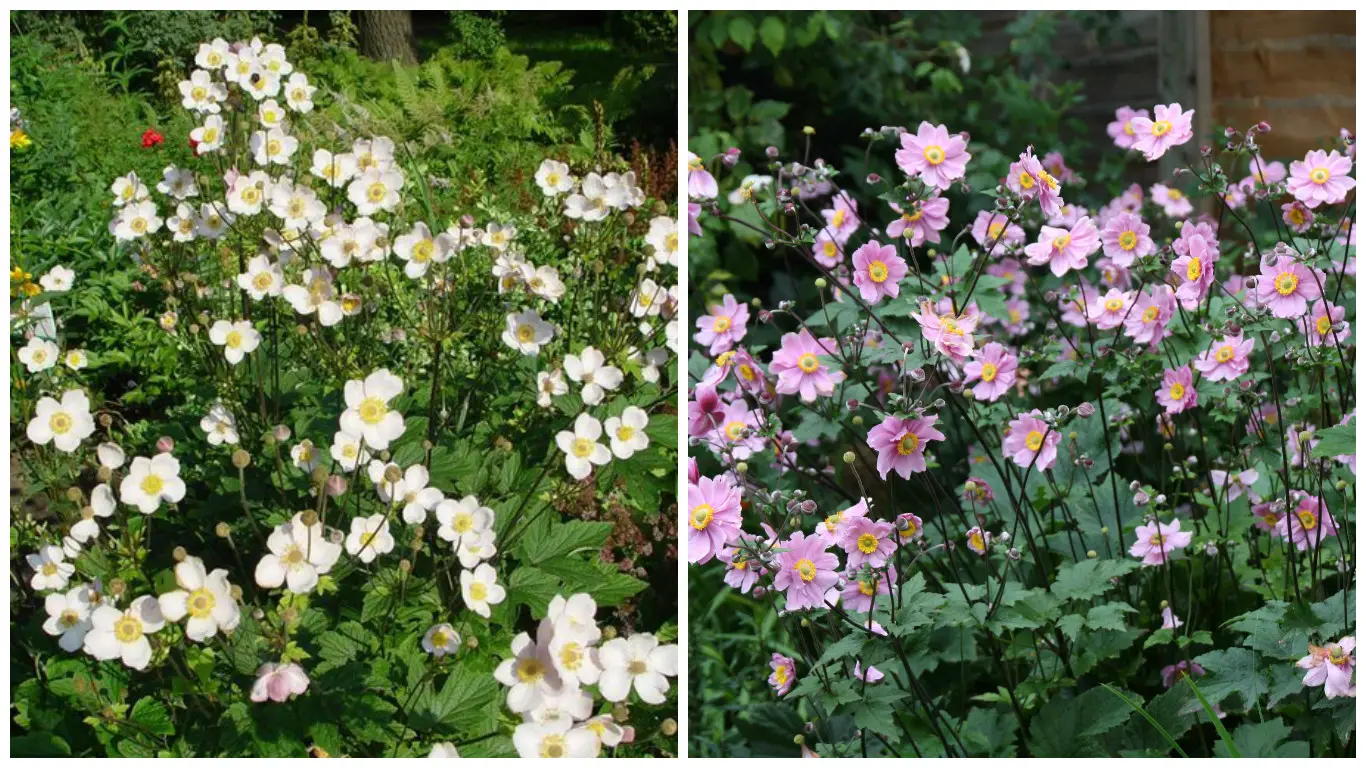
Anemone nemrosa
The wood anemone likes dark spots in the garden where it forms a mat covered in delicate white or lavender flowers. It may cause skin rash.
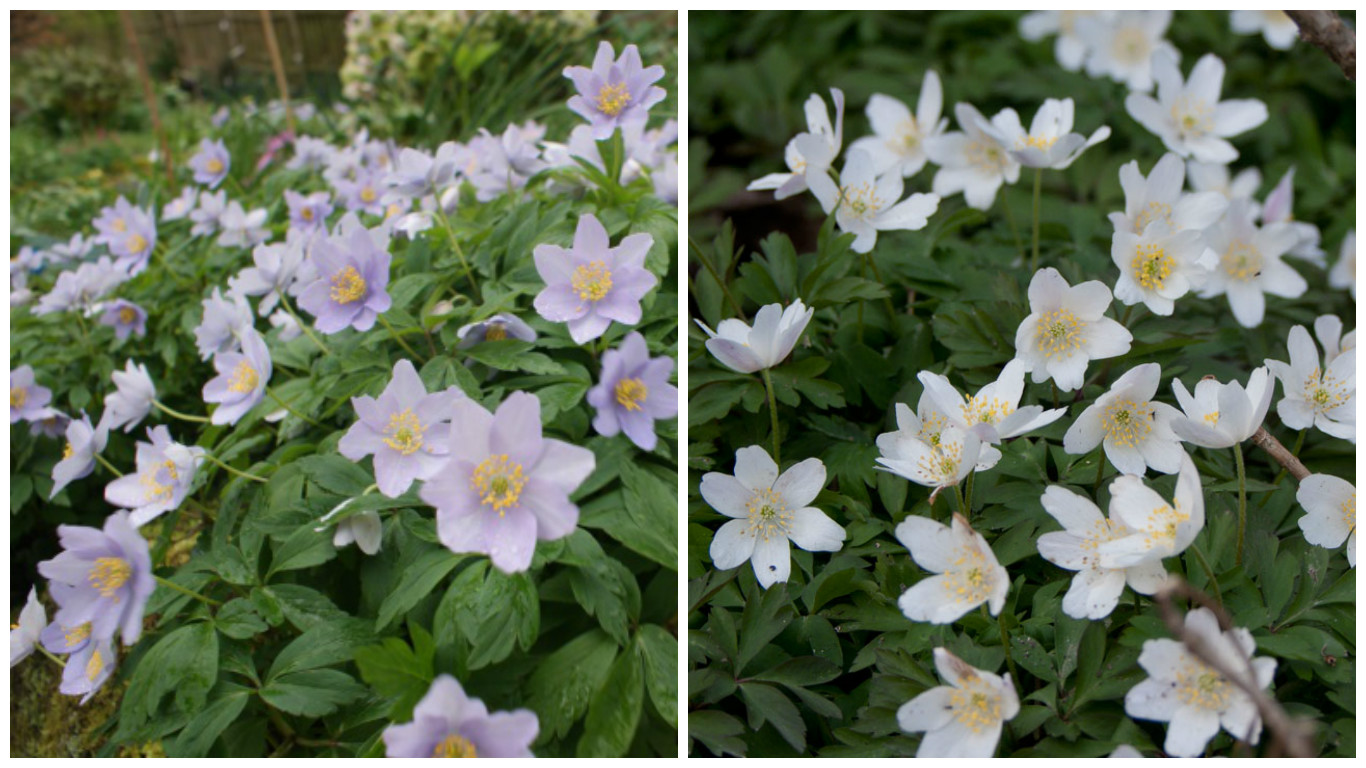
Anemone pavonina
It grows 20 – 25 centimetres tall and its individual stems bear red, pink and purple flowers.
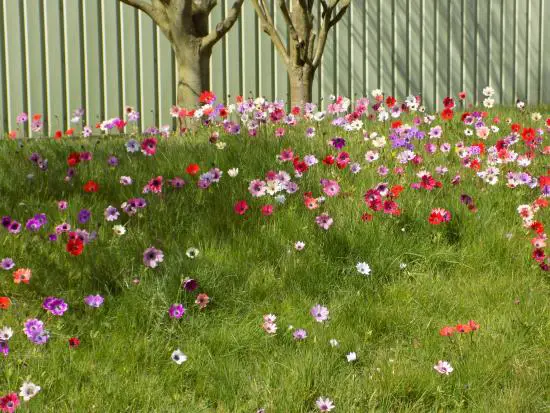
Anemone species and their caring for
Anemones are planted in spring or best in autumn, in the latter case ensuring an earlier blooming the next spring. During winter, they can be protected with a layer of dried leaves, straws, and sawdust, which you’ll remove in spring.
Before planting the bulbs, keep them in warm water for a few hours. Anemones generally prefer half shaded spots, they only need sunlight part of the day. Water them moderately and more often in summer, but wait for the ground surface to dry before watering again. The soil needs to be moist, well drained, rich in nutrients, with a neutral, slightly acidic soil. Liquid fertilizers can be applied once a month.
Anemones can host spores that cause peach leaf rust, so don’t plant them close to peach, plum, cherry, apricot or almond trees.
See other perennials with beautiful flowers you can use for a beautiful and practical garden design.
Credits: horticultorul.ro, fundesign.ro, practic-idei.ro
Photo credits: plant-shop.ro, finegardening.com, cocopot.es, alsdig.wordpress.com, srgc.net, liliumaquae.com, bakker.com, tripadvisor.co.uk, groworganic.com















